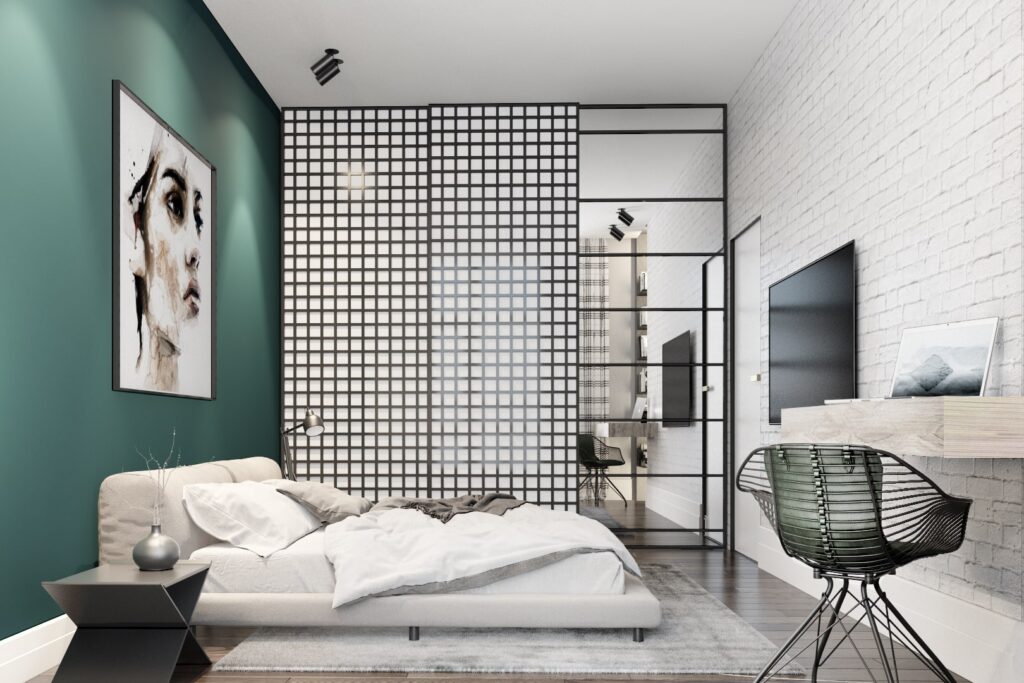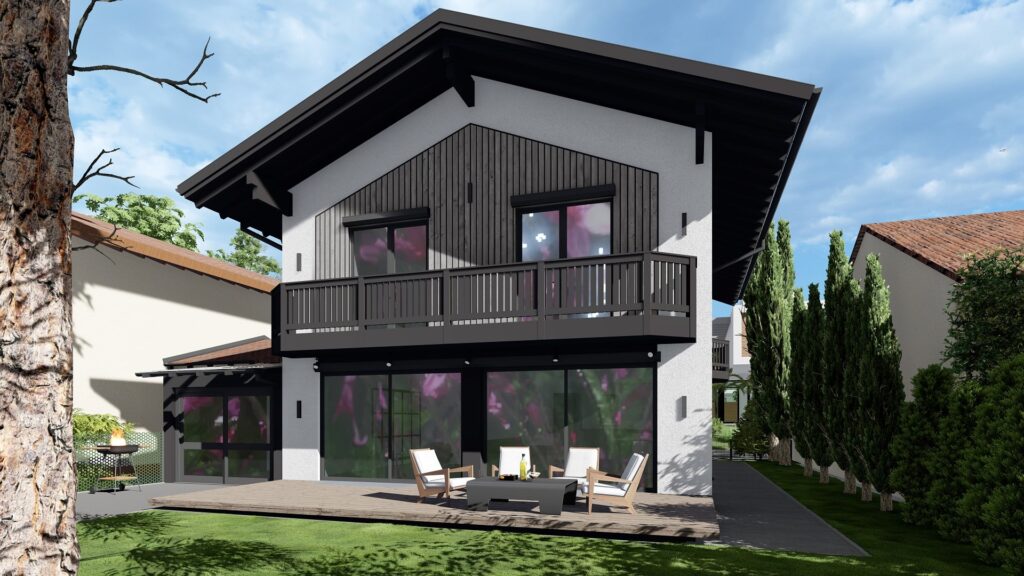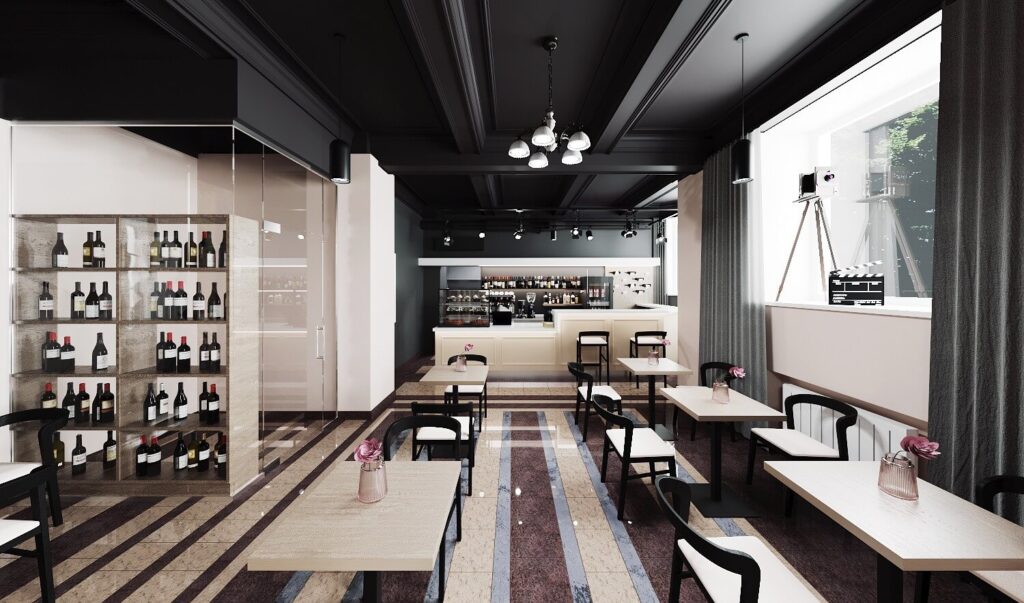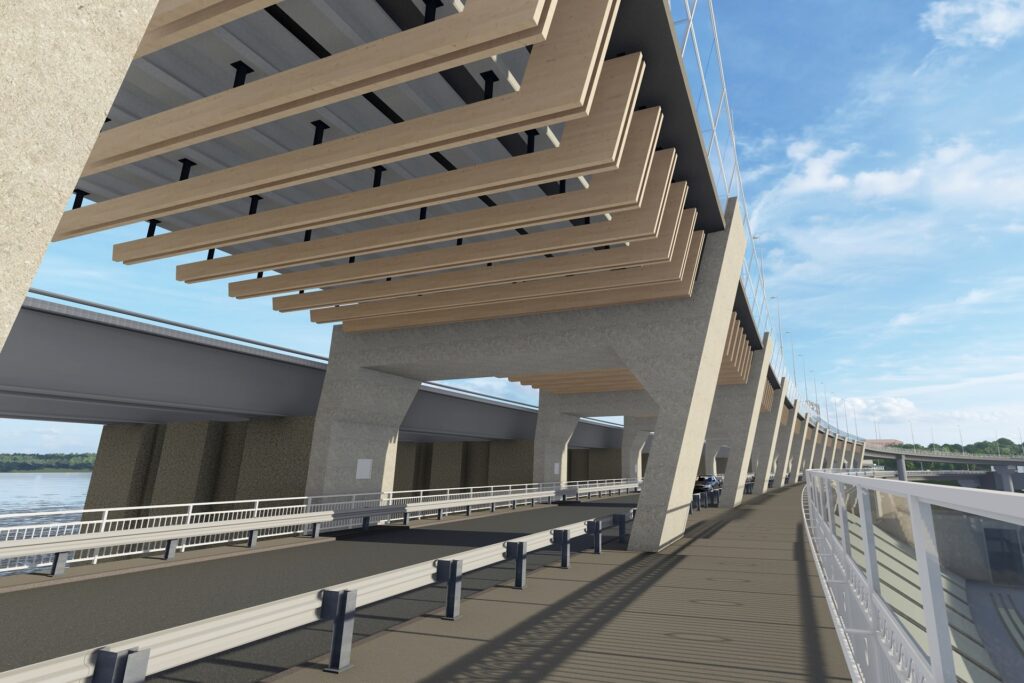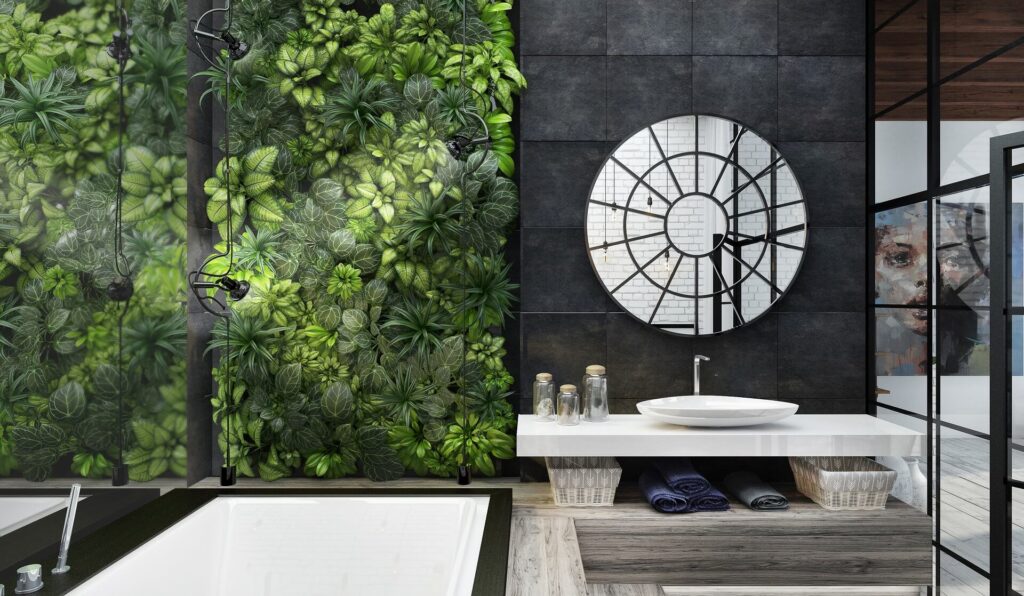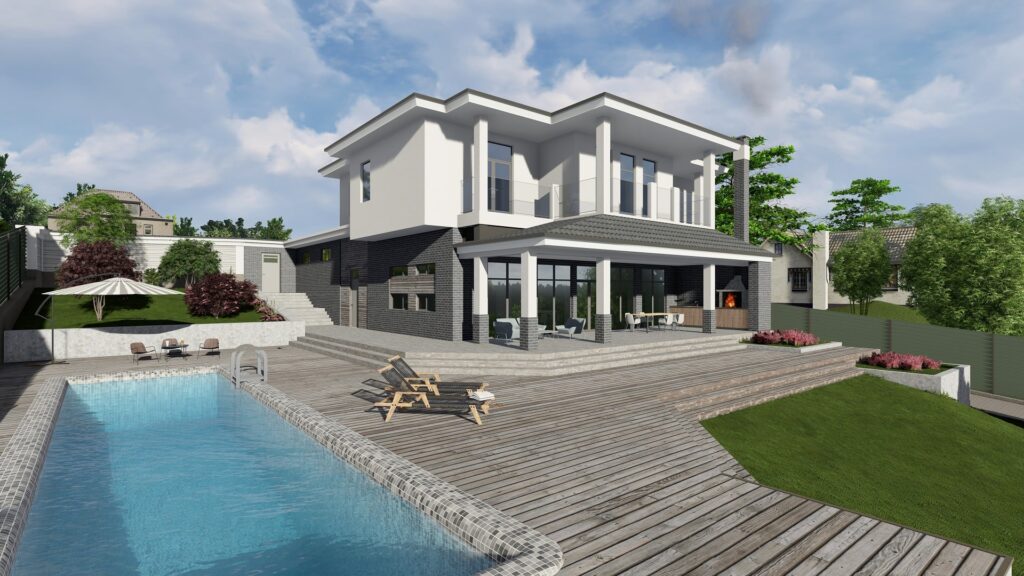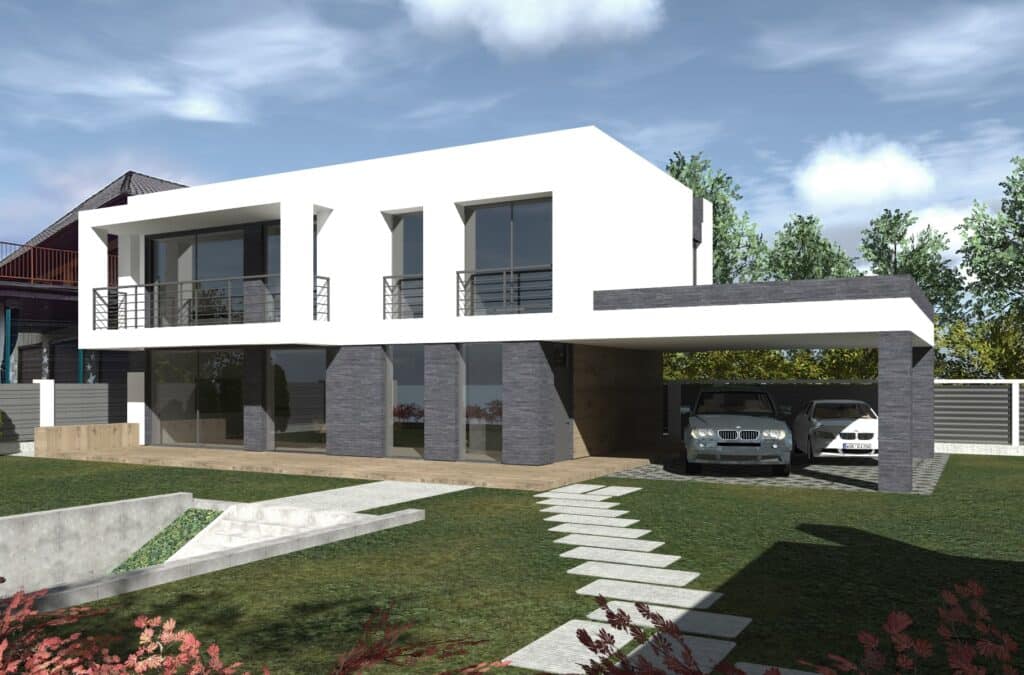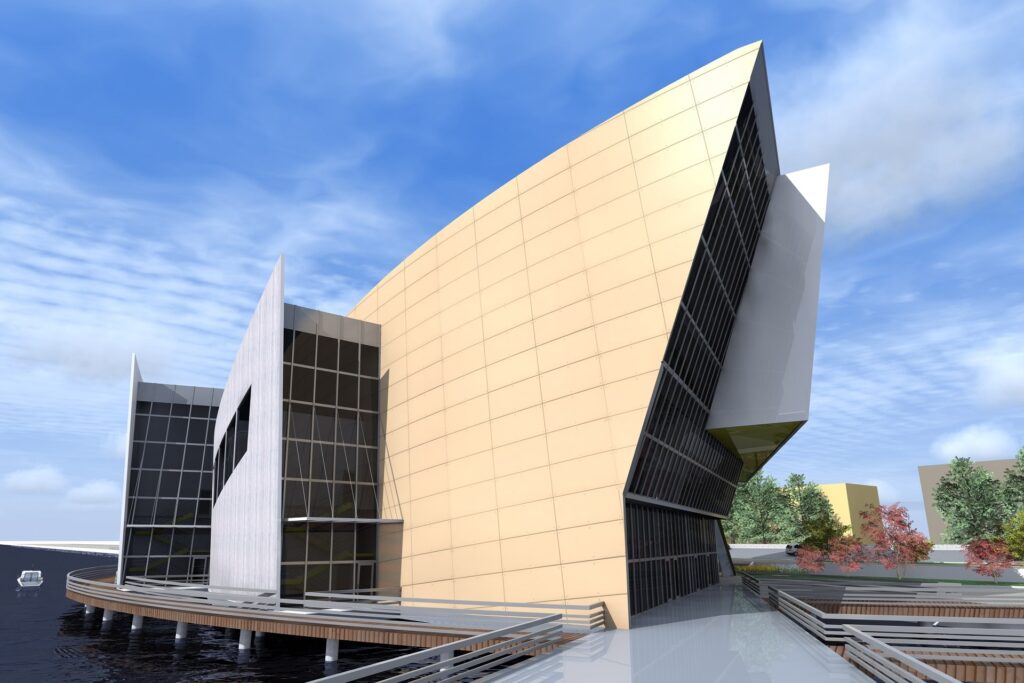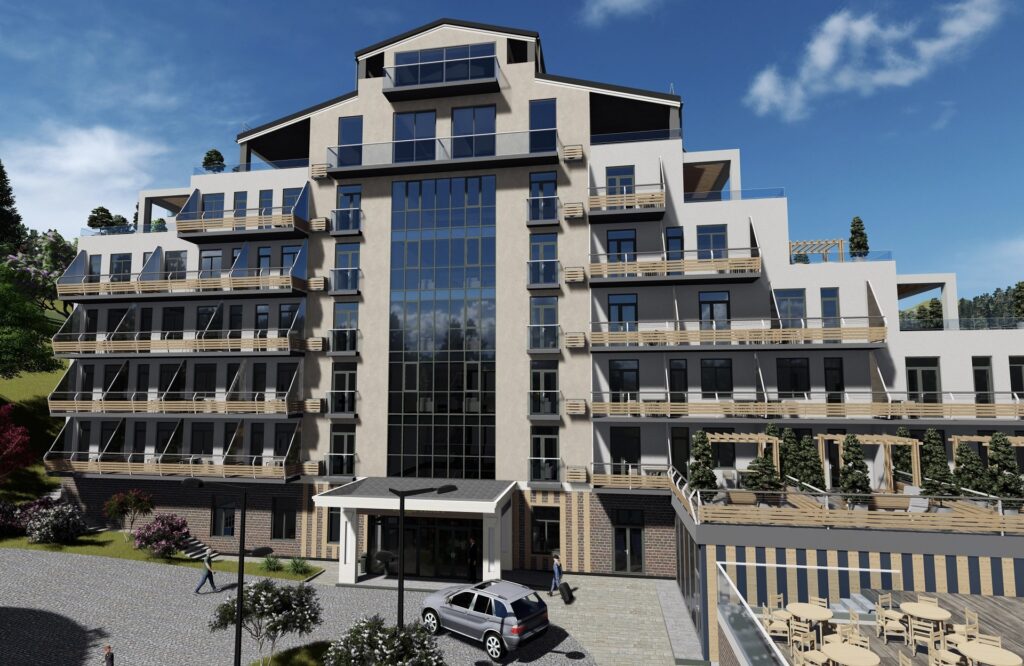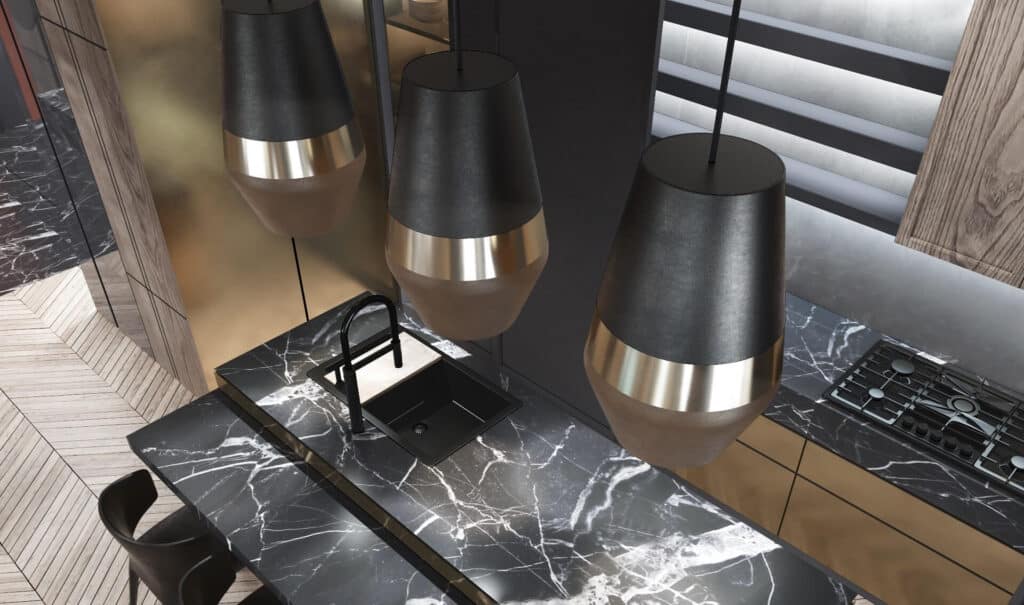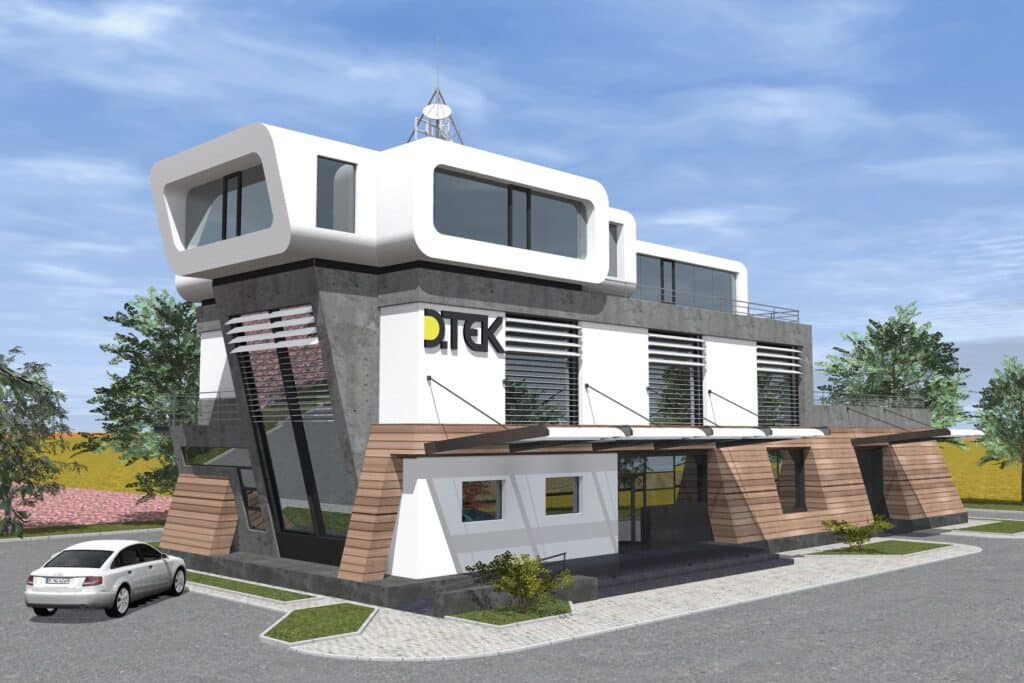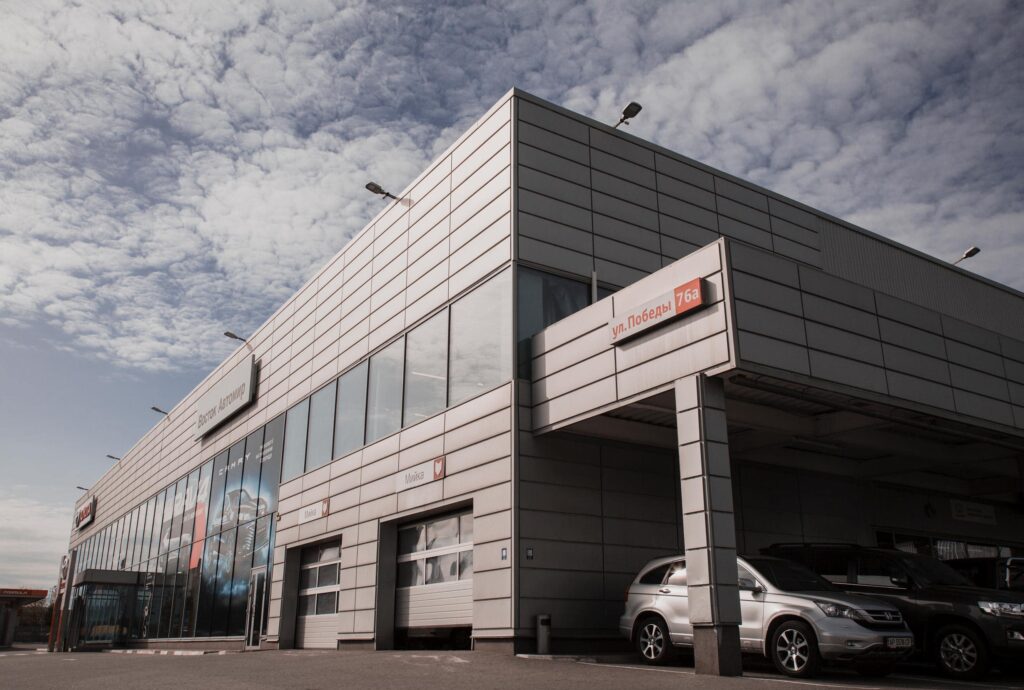Why 3D Modeling Is Key to Successful Projects
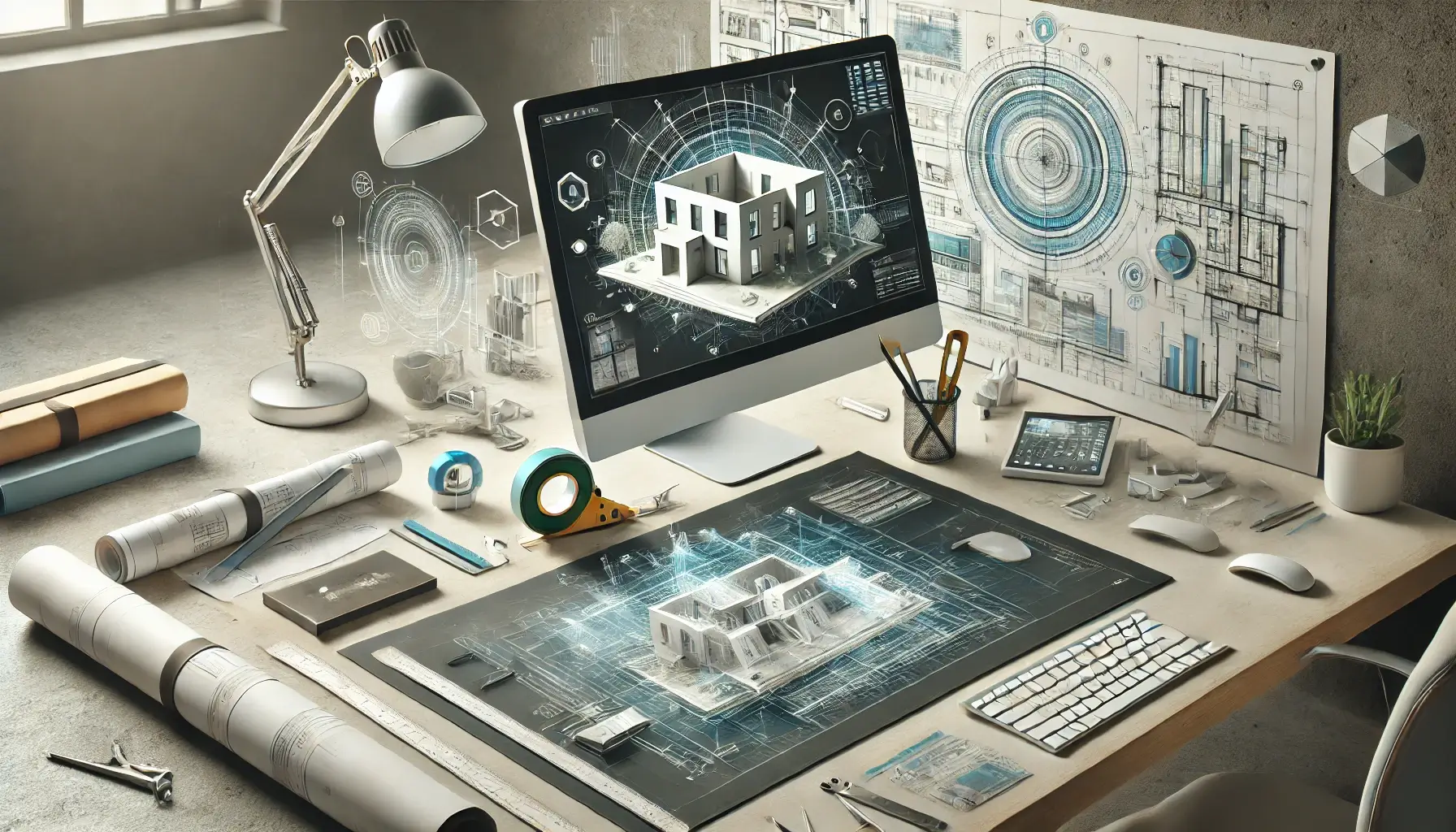
Understanding the Power of 3D Modeling
In the rapidly evolving fields of design and architecture, 3D modeling has become an indispensable tool. This technology allows designers and architects to create detailed, accurate representations of structures, providing a clear vision of the final product. 🎨 But why is 3D modeling so critical to the success of a project? This article explores this question, delving into the creative process and unique perspectives that 3D modeling facilitates for any design professional.
🎨 Enhancing Visualization and Creativity
One of the primary benefits of 3D modeling is its ability to enhance visualization. With traditional 2D drawings, understanding the depth and scale of a project can be challenging. 3D models, however, provide a more realistic view, allowing clients and stakeholders to see exactly how a design will look in the real world. This enhanced visualization helps in making informed decisions early in the design process.
Moreover, 3D modeling opens up new realms of creativity. Designers can experiment with different forms, materials, and textures, iterating more freely without the constraints of traditional methods. This creative freedom leads to more innovative solutions, enabling artists and architects to push the boundaries of their disciplines. The ability to see a project from every angle fosters a deeper connection with the design, ultimately leading to more successful projects.
🔍 Improving Accuracy and Precision
Accuracy is paramount in any architectural or design project. 3D modeling plays a crucial role in ensuring precise measurements and detailed specifications. By creating a digital twin of the intended structure, designers can identify potential issues early in the process, thus avoiding costly mistakes later on. This precision is not just about measurements but extends to the finer details, such as materials and textures, which can be accurately represented and adjusted as needed.
The technology also allows for the simulation of different environmental conditions, providing insights into how a design will perform in real-world scenarios. This aspect of 3D modeling is invaluable for optimizing designs for energy efficiency, sustainability, and durability. Accurate models lead to better-informed decisions, resulting in projects that are both beautiful and functional.
🏆 Facilitating Effective Communication
Effective communication is key to the success of any project. 3D models act as a universal language that transcends traditional barriers. Whether communicating with clients, contractors, or team members, a 3D model clearly conveys the design intent, minimizing misunderstandings and ensuring everyone is on the same page.
Visual representations are more impactful than technical jargon, enabling stakeholders to provide feedback that is both relevant and actionable. This collaborative approach fosters a more inclusive design process, where input from all parties can be considered and integrated seamlessly. The result is not only a more cohesive team but also a final product that reflects a collective vision, tailored to meet the project’s specific goals and requirements.
📈 Streamlining the Design Process
3D modeling significantly streamlines the design process, enhancing efficiency and productivity. By creating a comprehensive model early in the project, designers can foresee potential challenges and address them proactively. This proactive approach reduces the likelihood of costly revisions and delays during the construction phase.
Moreover, 3D modeling tools often integrate with other software solutions, such as Building Information Modeling (BIM) systems, enhancing coordination across different disciplines. This integration ensures that structural, mechanical, and electrical components are harmoniously designed, significantly reducing clashes and errors. The streamlined workflow not only saves time but also contributes to a higher quality end product.
🌿 Fostering Sustainability and Innovation
Sustainability is a cornerstone of modern architecture and design. 3D modeling facilitates the exploration of sustainable materials and energy-efficient solutions, allowing designers to test various scenarios and optimize their designs for environmental impact. The ability to simulate different lighting, heating, and cooling conditions helps in creating structures that are not only aesthetically pleasing but also environmentally responsible.
Innovation thrives when designers can iterate quickly and test new ideas without constraints. 3D modeling provides this freedom, encouraging experimentation with new forms, technologies, and construction methods. This innovative spirit is essential for creating cutting-edge designs that not only meet present needs but also anticipate future challenges and opportunities.
🏗️ Supporting Construction and Implementation
The transition from design to construction is a critical phase in any project. 3D modeling plays a pivotal role in this transition, providing detailed blueprints and plans that guide construction teams with precision. By visualizing the entire project in a 3D space, contractors can better understand the scope and requirements, ensuring that the construction aligns with the original design intent.
Furthermore, 3D models help in planning logistics, such as material sourcing and site management, optimizing the construction process for efficiency and safety. Potential risks can be identified and mitigated early, reducing the likelihood of unforeseen issues and ensuring a smoother implementation. This proactive approach not only minimizes disruptions but also enhances the overall quality of the finished project.
🔮 Shaping the Future of Design and Architecture
As technology continues to advance, the role of 3D modeling in design and architecture will only grow. Future developments, such as augmented reality (AR) and virtual reality (VR), are set to revolutionize the way we interact with 3D models, providing even more immersive and interactive experiences. These innovations will further bridge the gap between the digital and physical worlds, offering unprecedented opportunities for creativity and collaboration.
In conclusion, 3D modeling is not just a tool; it is a fundamental aspect of modern design and architecture. From enhancing visualization and accuracy to fostering sustainability and innovation, 3D modeling is key to successful projects. It empowers designers and architects to transform their visions into reality, creating spaces that are not only functional and beautiful but also reflective of a shared vision and purpose.

